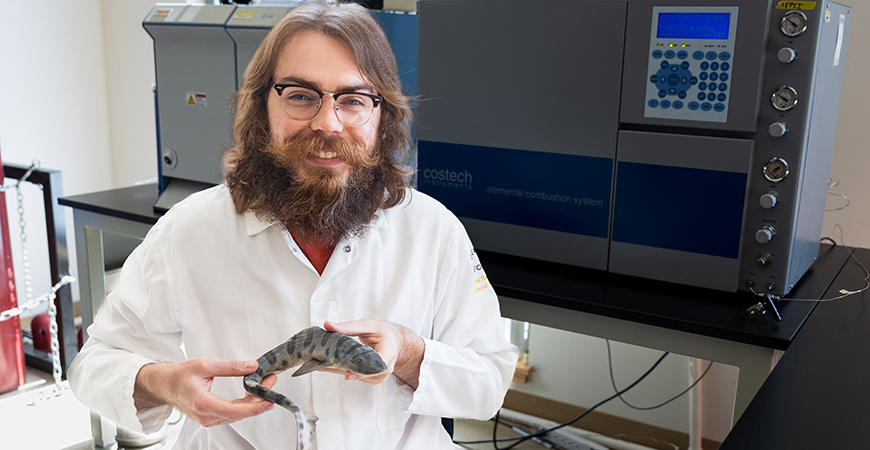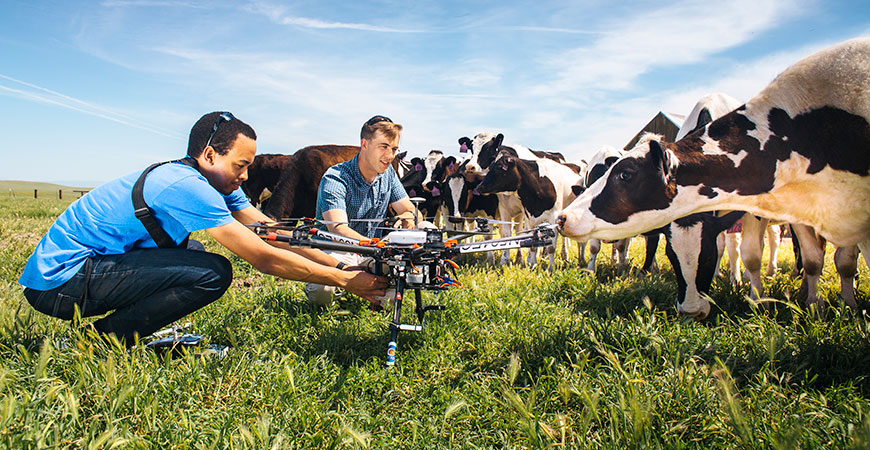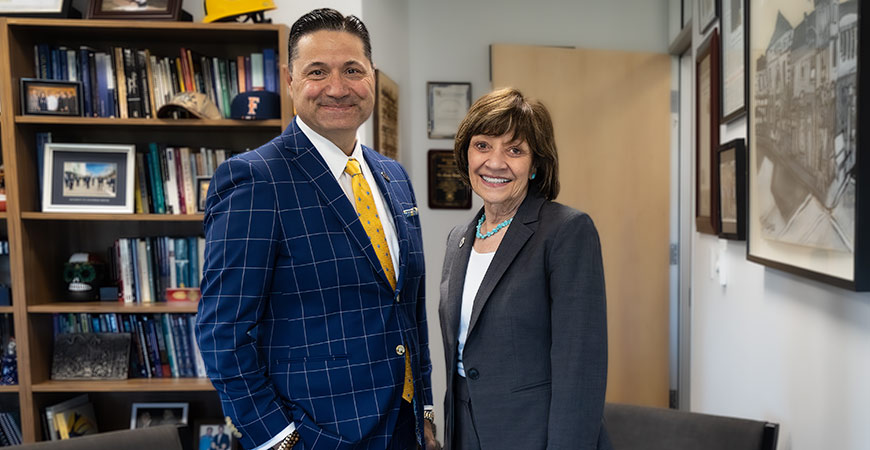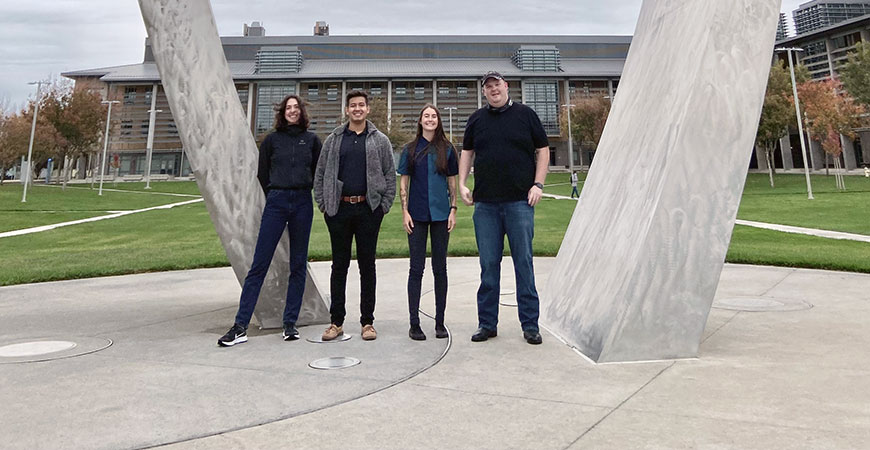A National Academies committee that includes a UC Merced researcher recently released its findings from a review of the science behind the operations of two massive California water projects.
Civil and environmental engineering Professor Josué Medellín-Azuara is a member of an ad hoc committee...












